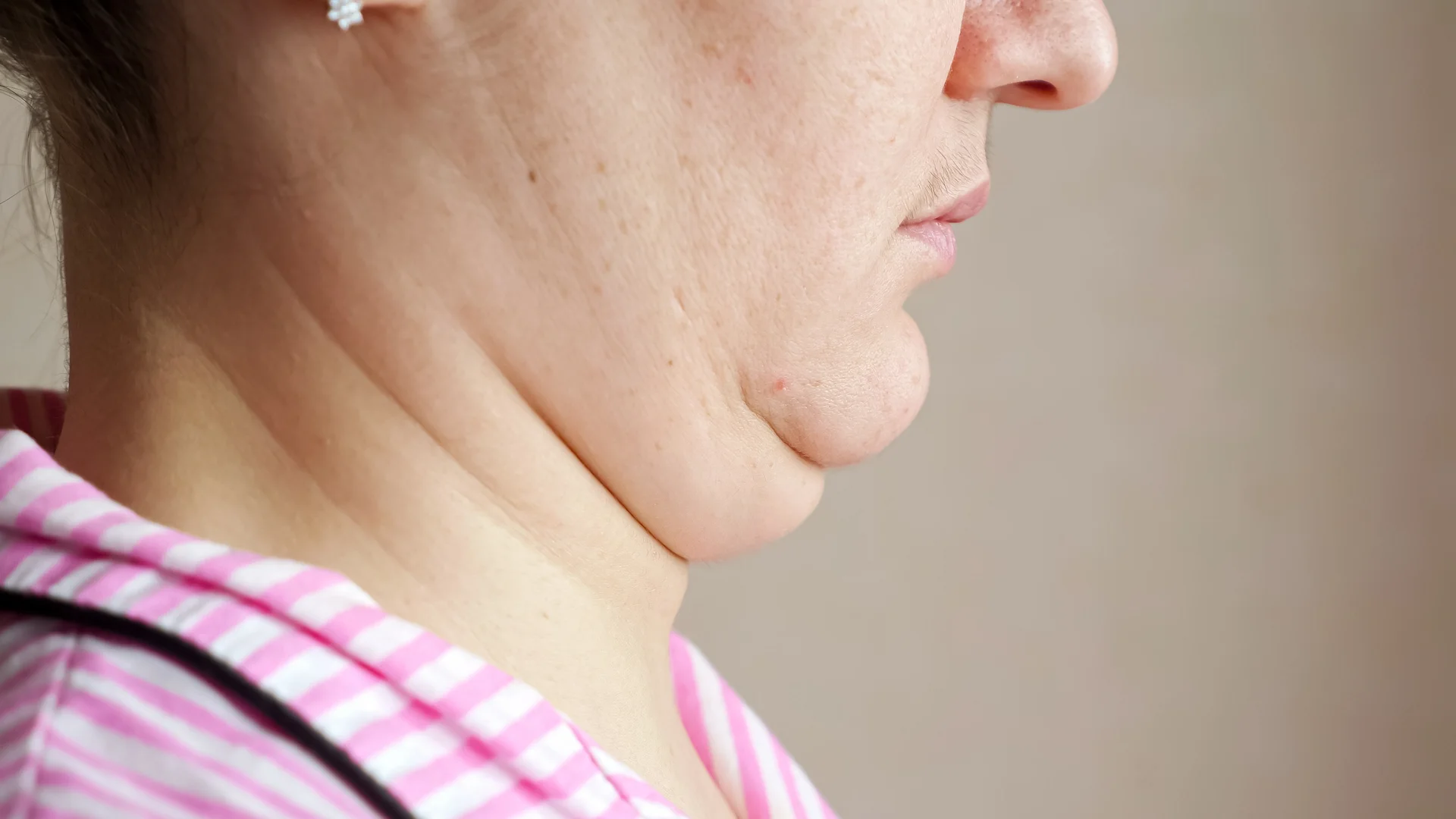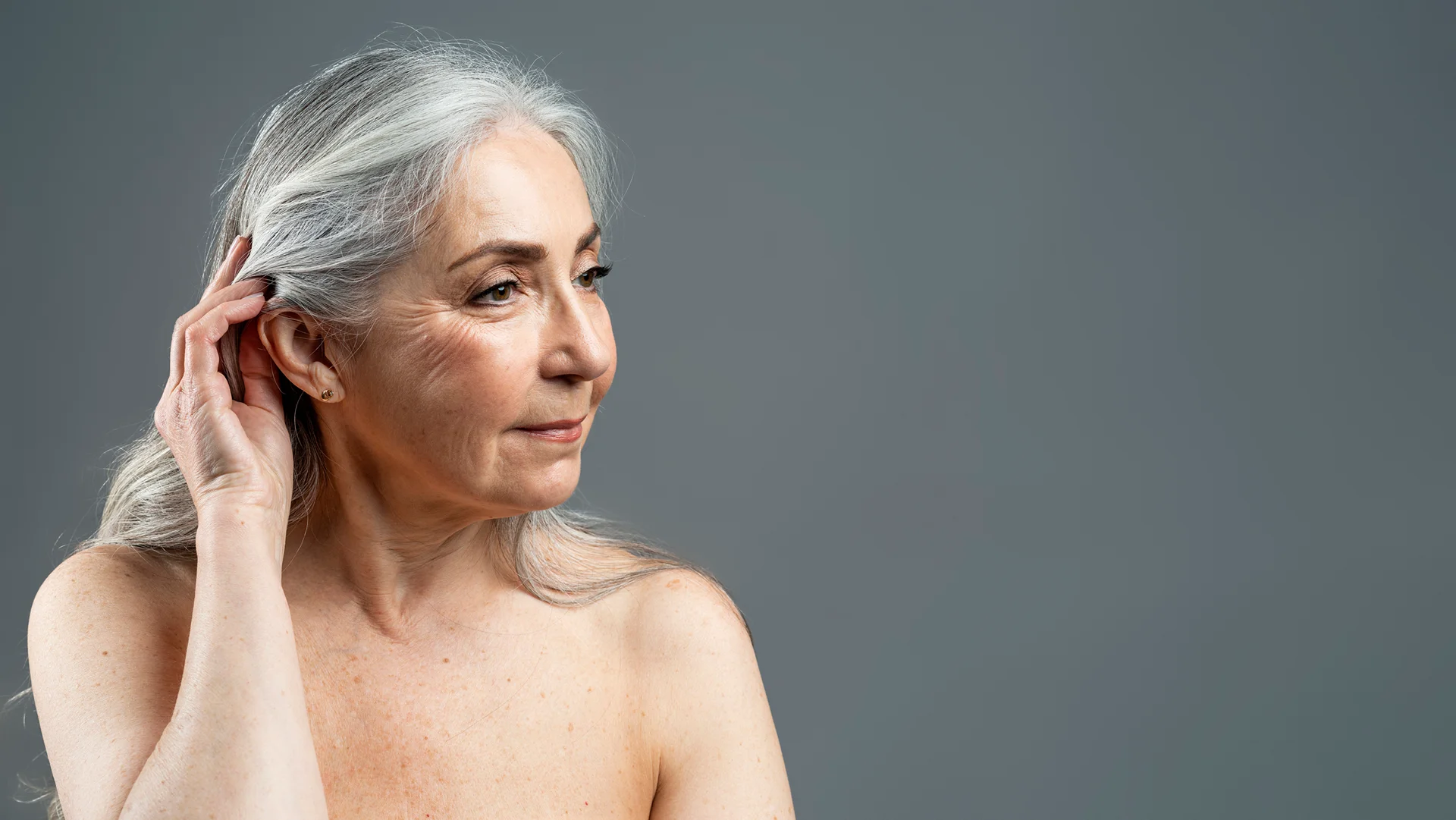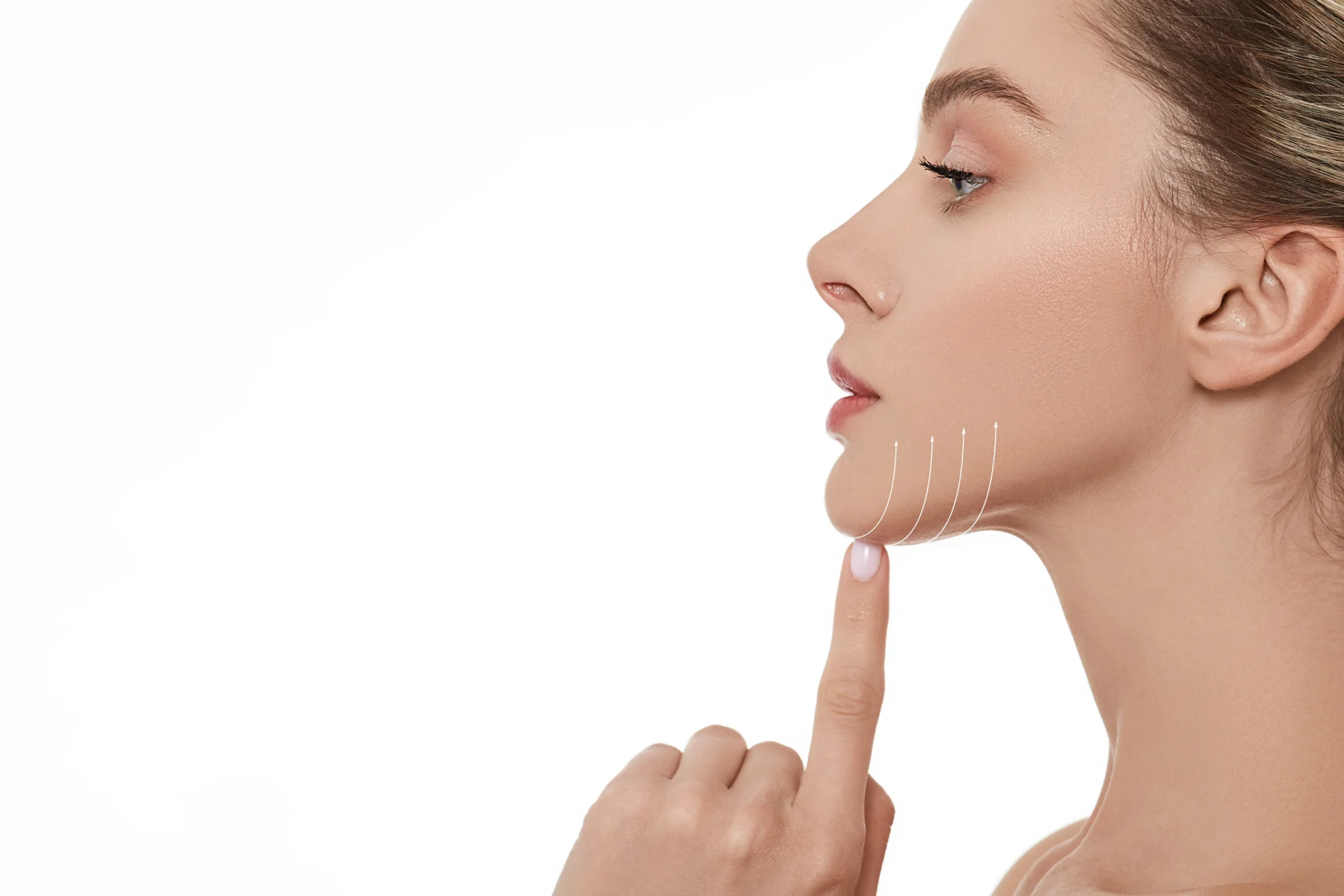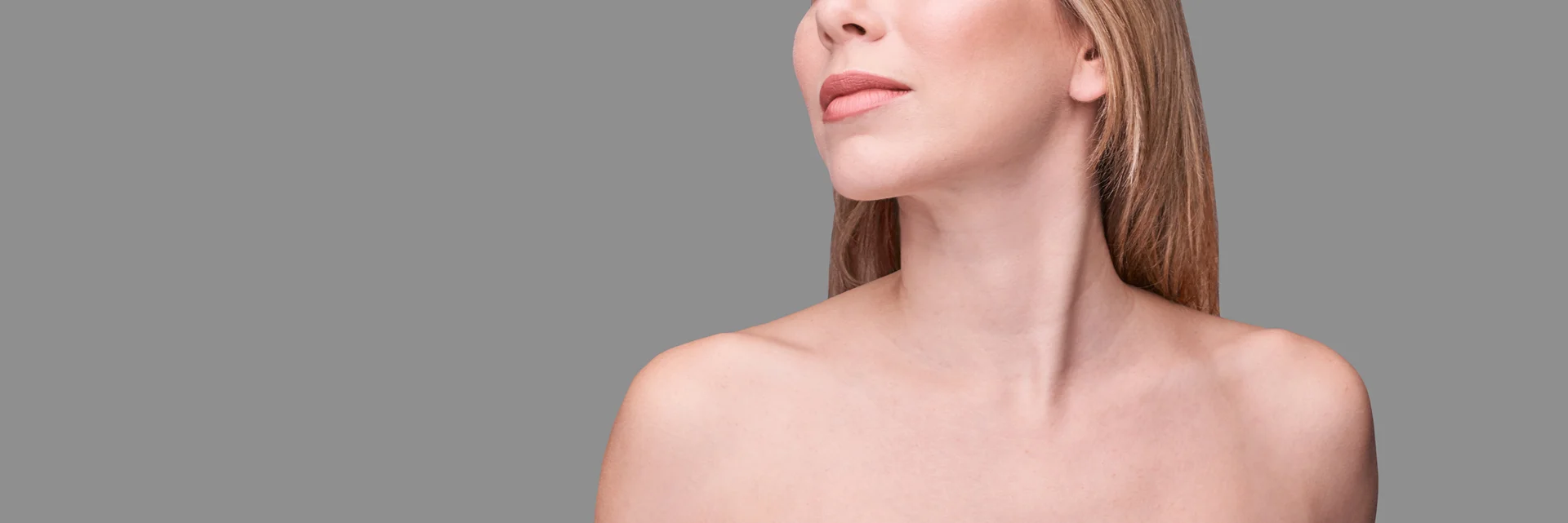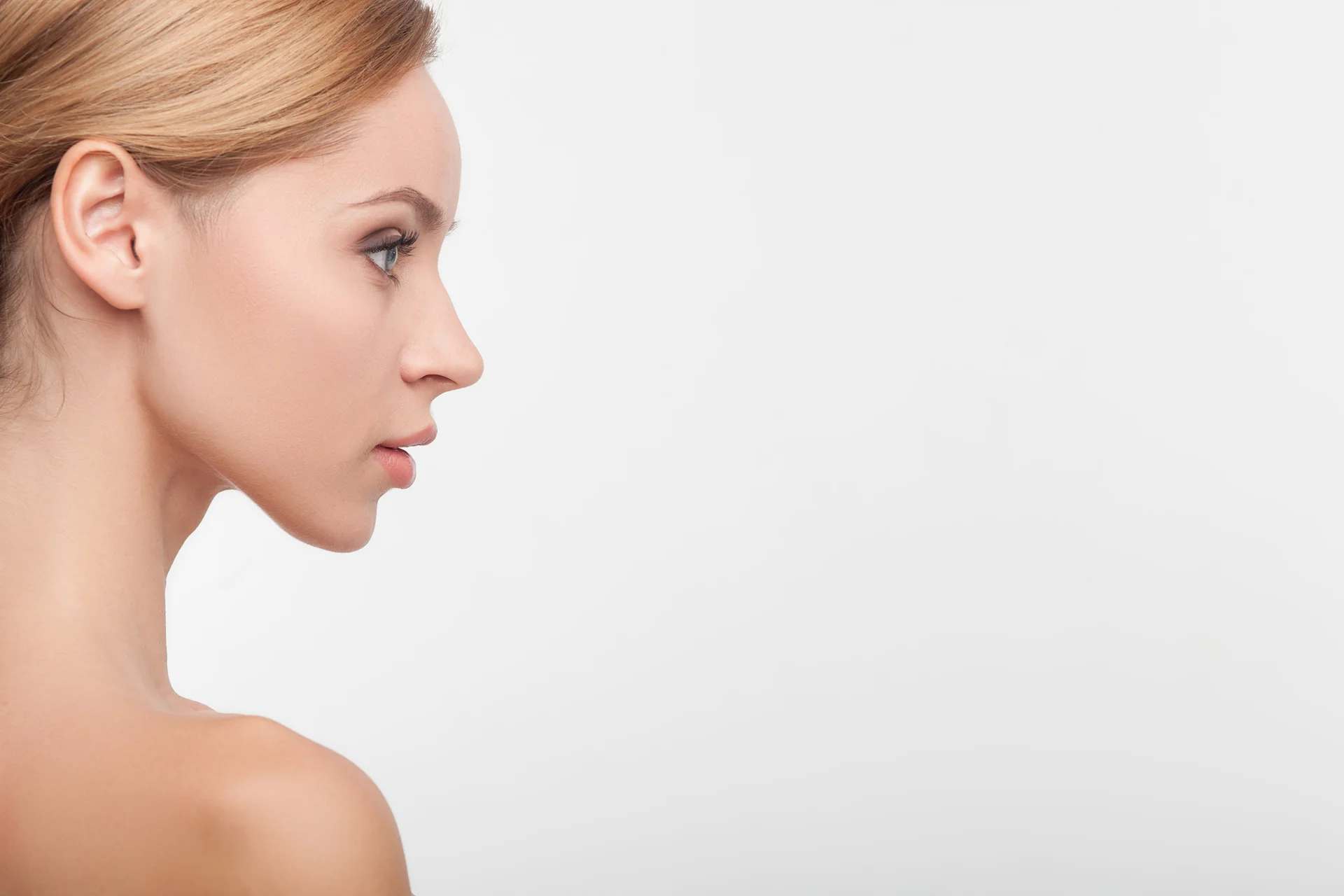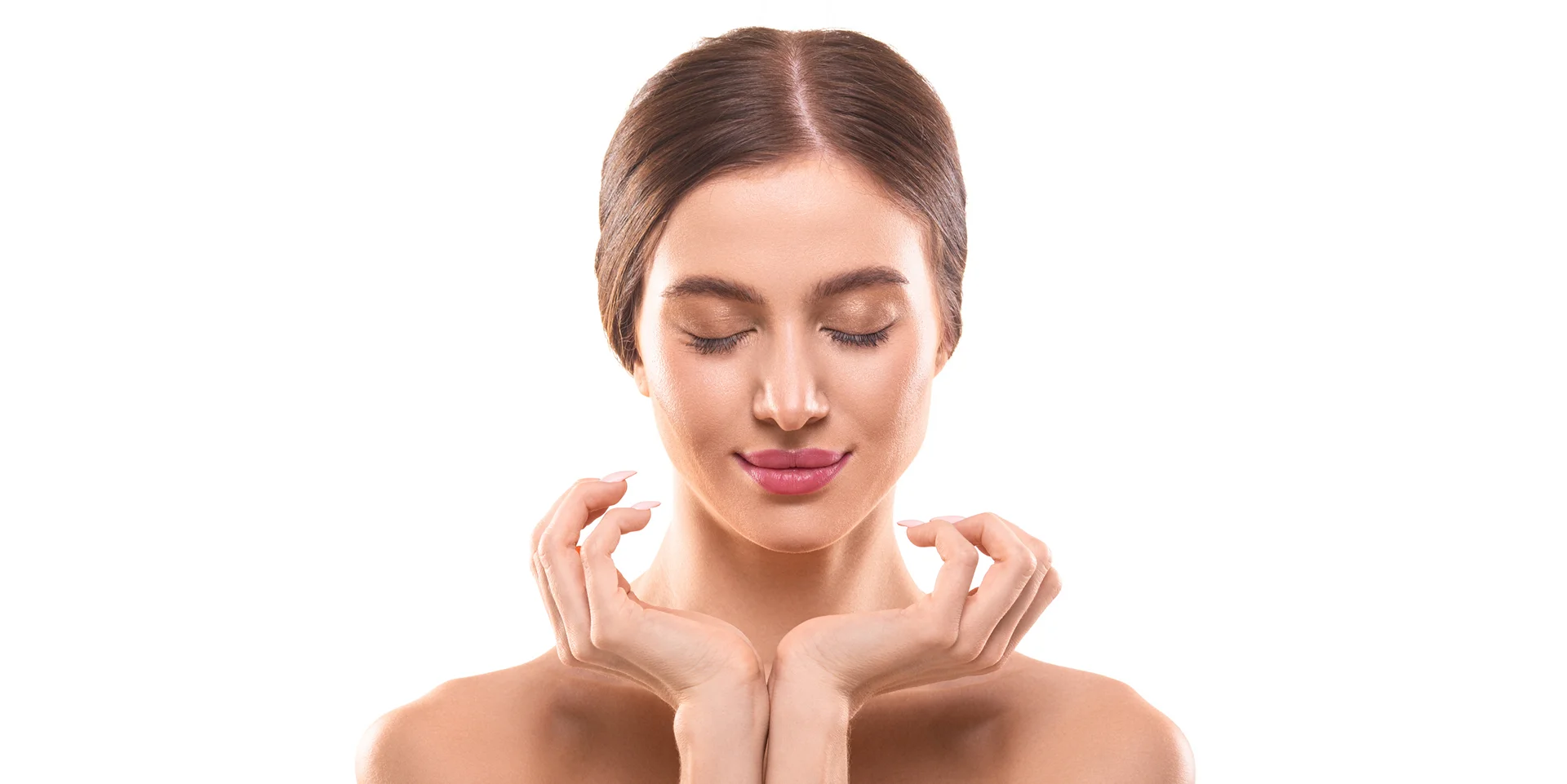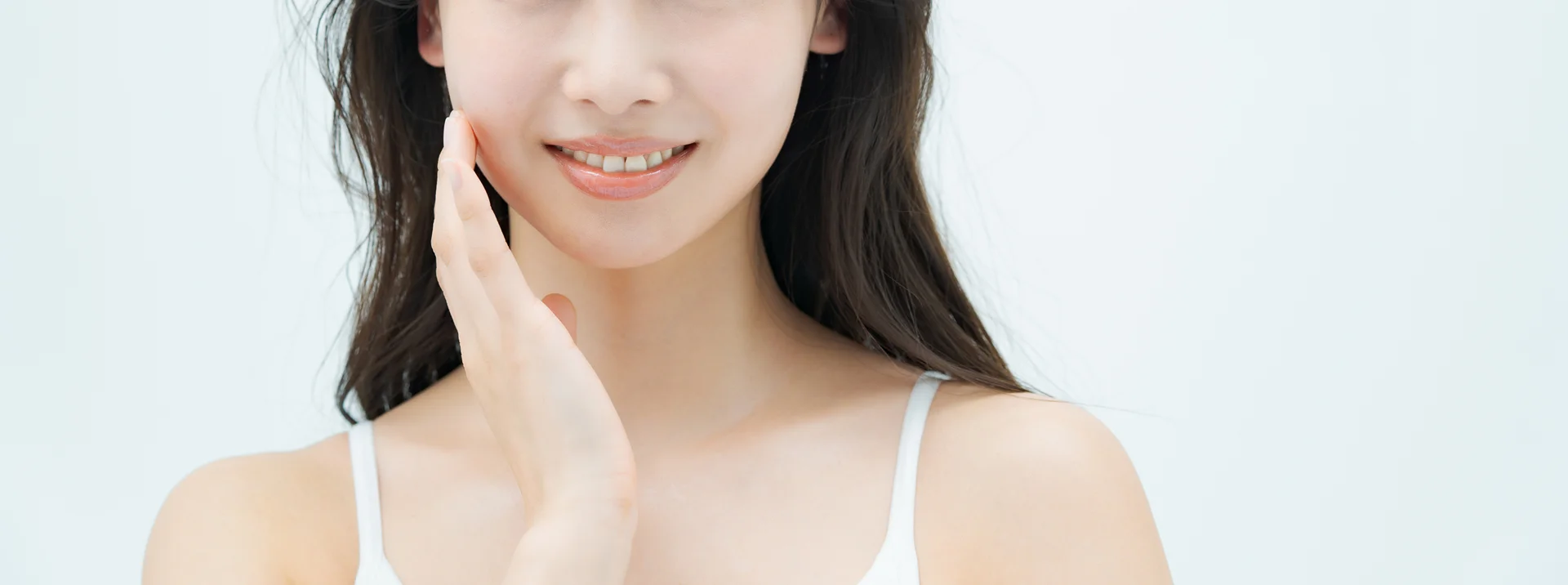Get the facts on non-surgical double chin removal options.
Many people struggle with stubborn submental fat that resists both weight loss efforts and aging’s effects on collagen. While surgery was once the only option, today’s advanced non-invasive fat reduction technologies offer new hope for redefining your jawline.
From fat-freezing CoolSculpting to injectable Kybella, we’ll explore the leading treatments that can selectively eliminate chin fat without the risks, pain, or downtime of liposuction.
What Are the Best Non-Invasive Chin Fat Removal Procedures?
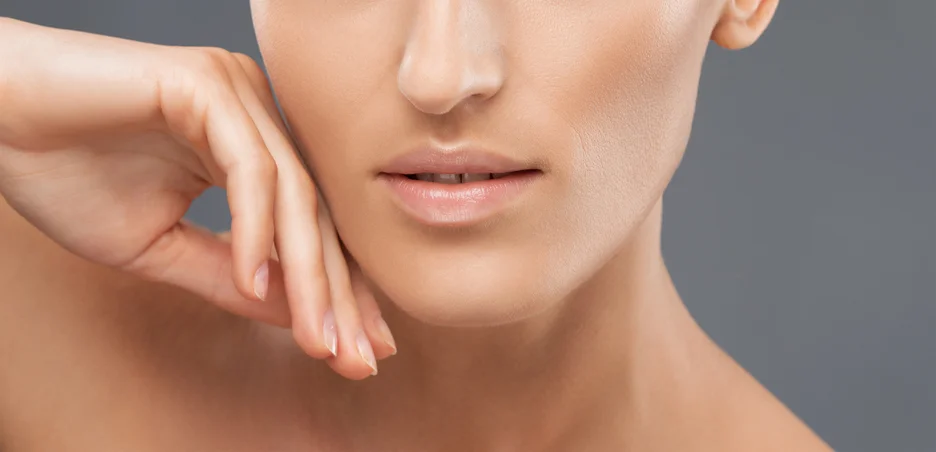
The leading non-invasive options for reducing chin fat are CoolSculpting cryolipolysis to freeze and eliminate fat cells, and injectable Kybella to dissolve fat cell membranes under the chin according to experts.
CoolSculpting Cryolipolysis
CoolSculpting by Zeltiq has become a preferred non-surgical option for reducing small pockets of fat under the chin and jawline.
This advanced cryolipolysis technology works by gently cooling the skin to trigger localized fat cell death, without harming the overlying skin or other tissues.
How does it work?
- Custom applicators cool the treatment area to just above freezing.
- This cold temperature induces apoptosis (natural death) of fat cells.
- Over the next 2-3 months, the body’s natural processes flush out and eliminate the dead fat cells.
- No anesthesia or incisions are required, just mild cooling of the skin’s surface.
Gradual yet noticeable fat reduction becomes visible in the weeks following a complete CoolSculpting treatment series. Clinical studies show average fat reduction of up to 25% in properly selected patients after the full course of treatments.
While not equivalent to weight loss, CoolSculpting can selectively eliminate small, localized fat bulges that fail to respond to diet and exercise. CoolSculpting works especially well for reducing excess fat under the chin and sculpting a more defined jawline.
Kybella Injections
Kybella, also known as deoxycholic acid, has emerged as an excellent non-surgical alternative for dissolving and permanently destroying fat cells in the submental region.
When injected into the fat beneath the chin, Kybella causes cellular disruption and lysis of the membrane. This releases the fat inside, allowing our bodies to naturally clear the lipids.
- Kybella permanently destroys fat cells when injected into the area.
- A series of injections spaced 4-6 weeks apart is typically needed for desired results.
- Moderate swelling, bruising or numbness may occur temporarily.
- Gradual improvements in chin contour are visible over the course of treatments.
According to clinical trials, most patients see noticeable reductions in chin fat after completing the recommended Kybella injection regimen. While not as dramatic as surgery, Kybella can reduce the appearance of a double chin without incisions when properly performed.
Is Non-Invasive Chin Fat Removal Suitable for Everyone?
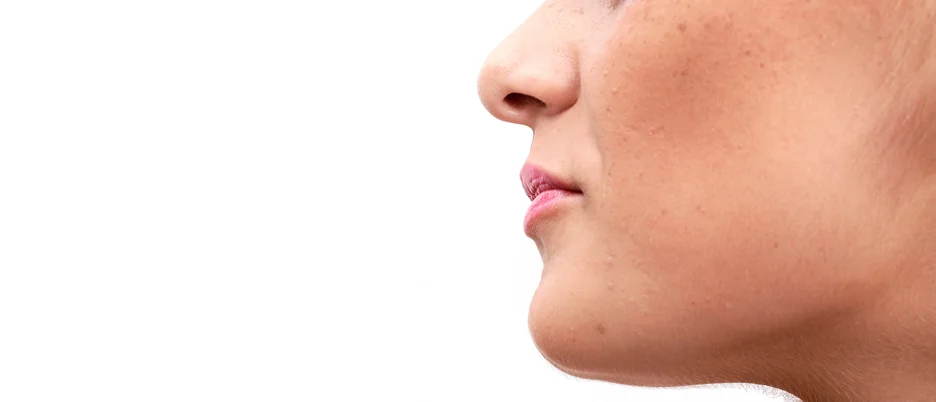
Non-invasive chin fat removal may not be suitable for those with considerable skin laxity, obesity, or certain conditions like cryoglobulinemia that can be aggravated by procedures like CoolSculpting, according to experts.
The Role of Skin Laxity
Those with notable looseness or sagging of skin around the chin and neck may benefit more from addressing this issue first before fat removal. Otherwise, the improved contours from fat reduction may not be fully visible or as dramatic after treatment.
In some cases, Dr. Smith advises neck lift, lower facelift, or nonsurgical skin tightening before fat removal. This allows the refinements from fat reduction to be better displayed once the skin envelope is improved.
Considering Overall Weight
People who have a significant amount of overall excess body fat or obesity are often better suited for weight loss first before fat reduction procedures.
Bringing weight into a healthy range should be the priority, then non-invasive treatments can refine small areas of localized fat like under the chin.
When performed in overweight patients, these treatments are intended for small stubborn fat pockets only – not significant weight loss.
Medical Conditions Impacting Candidacy
Certain medical conditions may also affect one’s suitability, according to Dr. Smith’s clinical perspective.
For example, cryolipolysis may be riskier for those prone to:
- Cold-induced urticaria
- Cryoglobulinemia
- Paroxysmal cold hemoglobinuria
- Other factors like diabetes, liver disease, kidney disease may also impact candidacy and require pre-treatment optimization.
A consultation should always be done to thoroughly evaluate your medical profile.
How Many Sessions Are Required for Non-Invasive Chin Fat Removal?
When it comes to non-surgical chin fat reduction, multiple treatment sessions spaced weeks apart are usually needed to see significant results, according to Dr. Smith. The exact number can vary based on:
- The specific modality being used
- The amount of fat needing removal
- Your individual goals
In general, the following session ranges are typical:
| Modality | Typical Number of Sessions |
| CoolSculpting Cryolipolysis | – 1-2 initial sessions on the chin area – Up to 4-6 sessions may be advised for larger or more stubborn fat bulges – Sessions spaced 6-8 weeks apart |
| Injectable Lipolysis (Kybella) | – 2-6 injection sessions are common – Spaced around 4-6 weeks apart – More may be needed for larger fat accumulations |
| Ultrasound Cavitation | – Often involves 1-3 weekly sessions – Device settings impact session number |
| Radiofrequency | – Typically requires 6-10 sessions – Weekly or every other week schedule |
How Long Do Results from Non-Invasive Chin Fat Removal Last?
Non-invasive chin fat removal results typically last 6 months to 3 years depending on the method, with injectable fat dissolvers and CoolSculpting providing longer lasting moderate fat reduction according to experts.
Injectable Fat Dissolvers
- Provide 1-3 years of moderate fat reduction when weight is stable
- Gradual fat regain is common over time
CoolSculpting Cryolipolysis
- Fat reduction is considered permanent if weight stays steady
- Some gradual regain can happen with aging and weight changes
Ultrasound Cavitation
- 6 months to 2 years of noticeable fat reduction
- Gradual fat return tends to occur afterwards
Other Devices (Laser, RF)
- Approximately 6 months to 2 years of improvements
- If weight is maintained in the ideal range
Minimally Invasive Options
- Kybella injections: 2-3 years of fat reduction
- Laser/suction liposuction: Permanent if weight is steady
Maximizing Duration
- Maintaining a stable weight is key for long-lasting results
- Periodic touch-up sessions can help sustain improvements
What Are the Side Effects of Non-Invasive Chin Fat Removal?
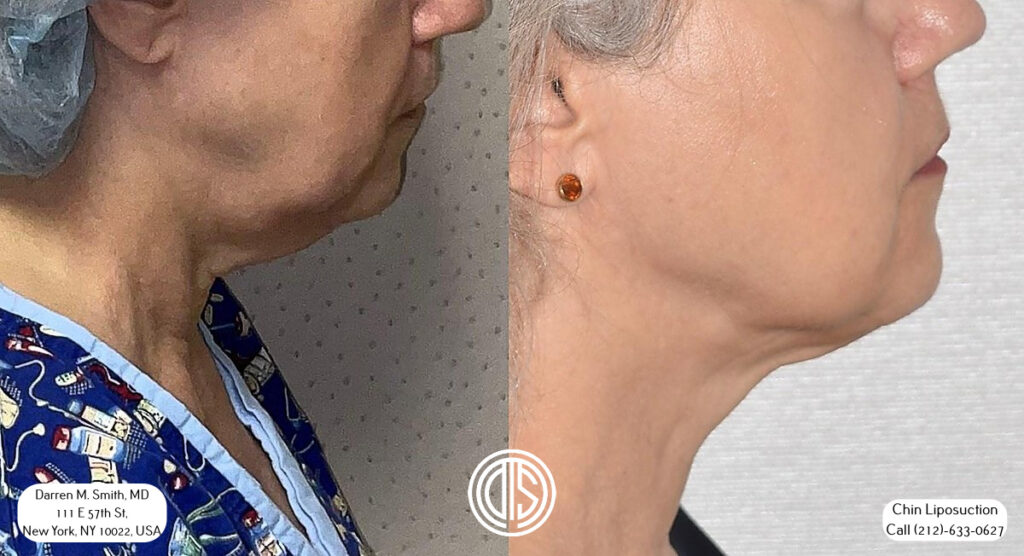
According to Dr. Smith, the side effects associated with properly performed non-invasive chin fat reduction are typically mild, temporary, and localized. Common effects can include:
- Mild swelling, bruising, redness around the treatment site
- Temporary numbness, tingling, or sensitivity in the area
- Brief tenderness or soreness when pressure applied
Less common side effects may include:
- Small areas of skin discoloration or hyperpigmentation
- Isolated hard lumps under skin that soften over weeks/months
- Prolonged numbness in rare cases
Rare but serious risks Dr. Smith educates patients on include:
- Infection at injection sites or device probe placement
- Paradoxical adipose hyperplasia, where fat cells increase instead of shrink
- Long term pain or numbness if nerves are damaged
- For jawline treatments, reduced saliva production or facial muscle weakness
What Are the Costs Associated with Non-Invasive Chin Fat Removal?
The costs of non-invasive chin fat removal like Kybella and CoolSculpting typically range from $2000 to over $7000 in total, depending on the number of recommended treatment sessions according to experts.
| Treatment | Cost Per Session | Number of Sessions | Total Cost Range |
| Kybella Injections | $1200 – $1800 | 2-4 | $2400 – $7200 |
| CoolSculpting | $700 – $900 (chin area) | 1-2 | $1400 – $3600 (chin area) |
| CoolSculpting | $2000 – $4000 (full neck) | 1-2 | $2000 – $8000 (full neck) |
| Ultrasound Cavitation | Varies | 6-10 | $1000 – $3000 |
| Radiofrequency | Varies | 6-10 | $1000 – $3000 |
| Laser Lipolysis | $1000 – $2000 | 4-6 | $4000 – $12,000 |
